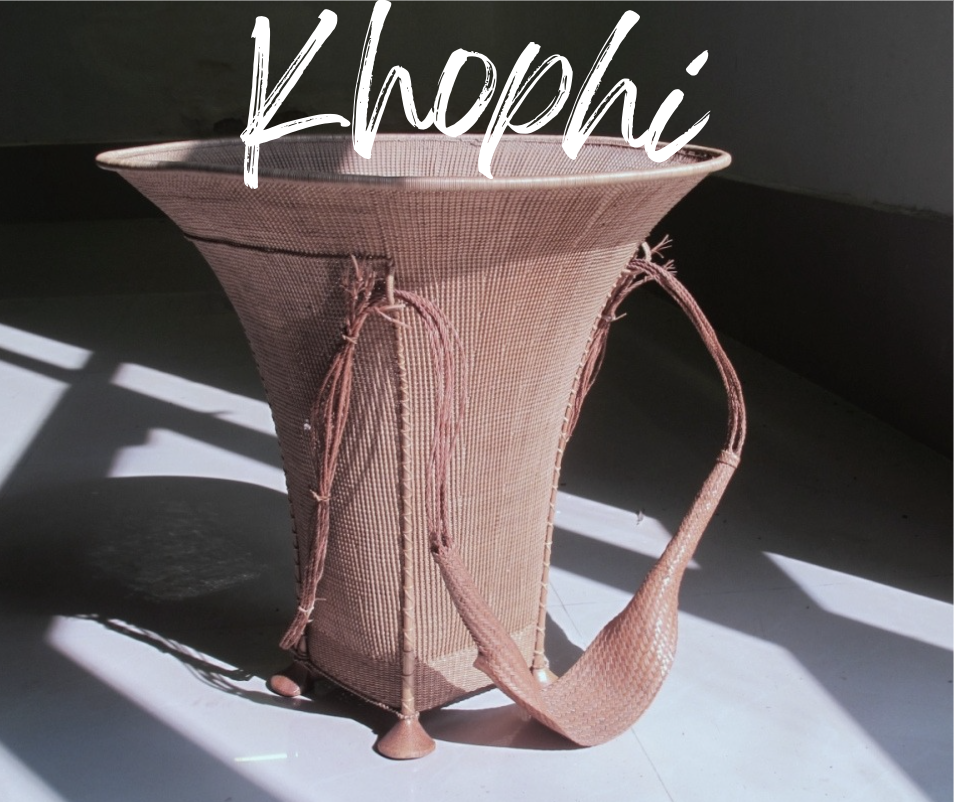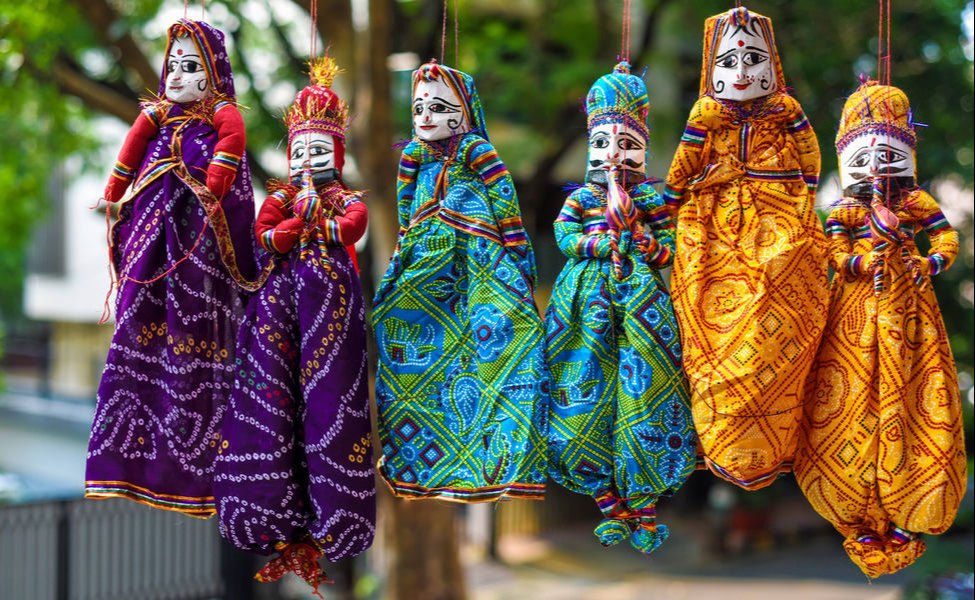Stop Hitting Snooze: An Interview On Sustainability In Fashion And The Growing Importance Of Upcycling
Dec 06, 2021 | Dillon Gohil
 A discussion with Juhi Tailor from Stop Hitting Snooze on her new project, the growing importance of upcycling and the environmental and social issues surrounding the fast fashion industry.
A discussion with Juhi Tailor from Stop Hitting Snooze on her new project, the growing importance of upcycling and the environmental and social issues surrounding the fast fashion industry. HEY JUHI, HOPE YOU’VE BEEN KEEPING WELL DURING THESE
TURBULENT TIMES. TELL US ABOUT YOUR BACKGROUND, WHERE ARE YOU FROM AND WHAT DO
YOU DO?
Hi! I’ve been good thanks! So I’m 21 years old and currently
in my final year at Leeds University studying Fashion Technology. I’m of Indian
heritage and was born in North West London.
HOW OLD WERE YOU WHEN YOU DECIDED IT WAS THE FASHION
INDUSTRY THAT YOU WANTED A CAREER IN?
Fashion is something I’ve embraced for as long as I can
remember but to be specific I’d say it was around the age 16-17 when I watched
this documentary film called ‘The True Cost’ which opened my eyes to some of
the social and political issues as well as the environmental damage the fashion
industry was causing. Also it was around this time I was looking at university
course options and came across the Fashion Technology course which is centred
on sustainable practices within fashion and I knew this was something I wanted
to get involved in. Even at university, a lot of my research has been on
capitalism and value hierarchy in the fashion industry and how it could be
possible to change that.
I GUESS IT’S SAFE TO SAY YOU’RE STILL IN THE EARLY STAGES
OF YOUR JOURNEY, BUT HOW WOULD YOU SAY YOUR EXPERIENCE IN THE FASHION INDUSTRY
HAS BEEN SO FAR?
So last year I lived in Germany for 7 months doing an
internship at a large sportswear company, it was a really insightful experience
as a whole and of course it was cool to embrace a different culture and
environment but working there I was able to witness firsthand that darker side
of the industry the documentary had discussed. Like, even for a company that
has the power to be a little bit more sustainable, a lot of the practices were
still pretty unethical especially concerning mass production such as producing
unnecessarily huge amounts of samples that ended up going to no use. This was
one of the reasons I chose to direct my own practice towards using more
sustainable materials and getting into upcycling once I came back home, so over
lockdown I decided to start re-working and using whatever materials I had
laying around in my closet to make the pieces I had always wanted to. That
being said, at the same time it’s been interesting to see the growing potential
of repurposing as a larger sector within the industry, mainly because of its
practice within smaller brands and by certain designers.
TALK TO US MORE ABOUT THIS CONCEPT OF REWORKING OR
‘UPCYCLING’ YOU MENTION. WHAT EXACTLY IS UPCYCLING FOR PEOPLE WHO MAY NOT BE
AWARE OF IT?
So upcycling is when you take a material that has essentially lost its functionality, isn’t serving its purpose anymore or simply has reached the end of its life cycle and you repurpose it to create something of a higher quality and usability. It’s a really interesting concept and I think it’s important for people within the industry especially to adopt this approach since we’re all aware of the damage fast fashion and extreme mass consumption can cause on the environment. Practices like reworking or upcycling can provide a less harmful and more efficient alternative. Even as consumers, it could limit our spending and it’s not like it has to just be about garments, even simple things like turning an old wine bottle into a candle holder or candle holder into a plant pot, whatever, can go a long way. It’s more of a mindset that we can implement into our daily life to just be a little more considerate and efficient.
TELL US ABOUT YOUR PROJECT STOP HITTING SNOOZE, WHAT
INSPIRED YOU TO START IT AND WHAT IS YOUR END GOAL WITH IT?
Originally my idea for Stop Hitting Snooze was to create a platform that highlighted and discussed social and environmental injustices within the fashion industry and the world as a whole since it felt like so much was happening throughout this year; I felt it was important to raise awareness for many of these issues. Along with this I knew I wanted to start promoting the whole upcycling thing and I had just got back from my internship when the whole pandemic started which meant I was all of a sudden going to be in one location for a prolonged period of time and wasn’t going to be able to import fabrics or go to fabric shops either way. Basically, it was the perfect opportunity for me to start experimenting since I had a bunch of old clothes and materials just sitting around in my closet. I started uploading photos of the stuff I was creating and people would DM me asking for one off pieces so it was nice to see that people were interested and that there was a demand for what I was making which motivated me to keep going with the whole project. I want to keep pushing my creativity in terms of what kind of materials I can use in my work. I’ve been experimenting with metals, denim and plastic bags to name a few. At the same time, I also want to use the platform as a voice for storytelling within the fashion industry, both the positives and negatives of it.
YOU SPOKE ABOUT THE FASHION INDUSTRY HAVING A “DARKER
SIDE” TO IT. DOES THIS TIE IN TO THE ISSUE WITH FAST FASHION? WHAT ARE YOUR
OPINIONS ON THAT AS A WHOLE?
Yeah completely, if you look at the fast fashion industry
from a broader perspective you can see how it generally spurs from say, people
obsessed with shopping, celebrity style or not wanting to wear the same outfit
twice for example, people who are essentially products of capitalism and
consumer culture. As consumers it’s like we’ve been brainwashed in a sense by
the constant marketing, advertising and greenwashing as well as by the cheap
prices that make us want to keep buying more from these companies that are very
good at being able to completely isolate the consumer and the end product from
the raw materials in whichever third-world country the product’s life cycle
began in. That’s where it comes down to raising awareness for all these workers
who ultimately are being exploited and I think, with the help of causes such as
the Pay Up campaign for example, people are becoming more aware and starting to
resonate with these issues although not to the extent where they are willing to
change their purchase patterns, mainly due to how low cost and readily
available fast fashion products are to us.
WHAT DO YOU THINK ARE SOME OF THE THINGS WE AS CONSUMERS
CAN DO TO LESSEN THE DAMAGE WE’RE ESSENTIALLY HELPING TO CAUSE?
Well, it’s literally embedded into our society to want to shop cheaply and quickly especially in the age we live in now as it’s said we buy 50% more than we did just 10 years ago. Buying cheap clothes isn’t necessarily the problem but over-purchasing these clothes when you don’t really need them is where the issue can stem from. Of course, at the same time, we should all understand that it’s difficult to want to cut down on fast fashion purchases especially for people with low disposable income who may not have many options when it comes to buying clothes. Still, companies like Primark, H&M and shops under the Arcadia Group, to name a few, coming out with different styles on a weekly basis can force people into these unsustainable purchasing habits whilst not incentivising consumers to truly care for their products and I think that’s where upcycling can come into play since it’s an avenue to show people you can keep hold of the products you buy and repurpose them instead of posting a picture on Instagram wearing it once, then allowing it to become another piece of your wardrobe waste. I believe it’s important to dismantle the behavioural aspect and consumer purchasing patterns that allow us to think it’s acceptable to wear something once, post a picture then leave it to the side because everyone’s seen you wear it. Perhaps we could try buying the products we genuinely love and resonate with which we want as a staple piece in our closets for the foreseeable future, not just for the image or trend.
WHO ARE SOME PEOPLE YOU LOOK UP TO FOR INSPIRATION AND
WHAT INSPIRES YOUR OWN CREATIVE PROCESS?
Obviously the OG upcycling queen Nicole McLaughlin, she was
one of the first people I saw being really creative with her work which I
thought was cool from the start. She’s a huge inspiration for me although I
kind of want the pieces I create to be more readily wearable and functional
instead of focusing on the art aspect of it all. What inspires me a lot is just
looking into the past, for example the clothing people would wear in the
underground club scene in the 90s or even my parents’ old closets. My mum grew
up in Kenya so I’m always taking inspiration of the type of outfits I see her
wearing in old photos from the shirts to the brightly coloured saris, fashion
is quite cyclical when you look at it. I’m glad she kept some of her old
clothes because they’re always in my rotation nowadays.
LASTLY, WHAT CAN WE EXPECT FROM YOU IN THE NEAR FUTURE?
More frequent content than what I’m producing now for sure,
hopefully once I graduate from university I’ll be able to invest much more time
into both aspects of Stop Hitting Snooze, the upcycling creations and the whole
raising awareness through storytelling too.
Recommended



Wholesale / B2b Kathputli Puppets From Ahemdabad
Dec 16, 2024





